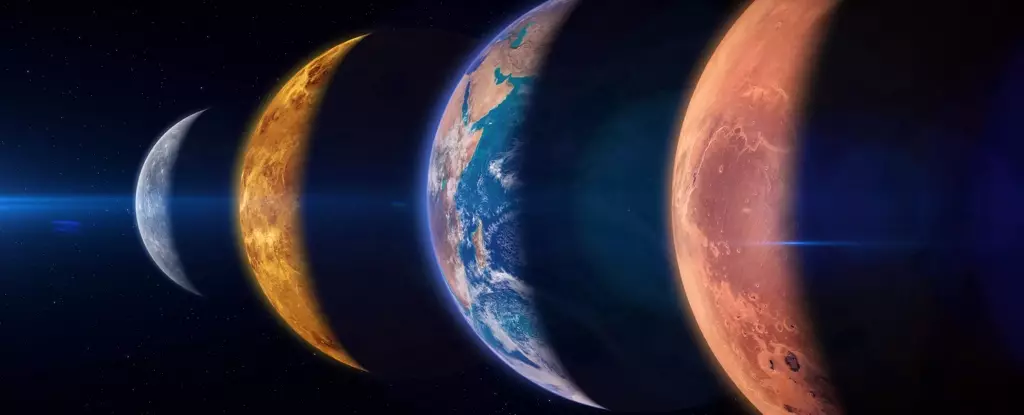On the evening of February 28, 2025, sky-watchers around the world will be treated to an astronomical marvel rarely seen – a remarkable alignment of all seven planets in our Solar System: Saturn, Mercury, Neptune, Venus, Uranus, Jupiter, and Mars. This splendid celestial alignment, often referred to as a great planetary alignment, promises to create a breathtaking spectacle in the night sky, drawing the attention of both amateur astronomers and seasoned stargazers alike.
Such alignments, while they may occasionally feature a subset of planets aligning, are astonishingly rare when it comes to the inclusion of all seven. Alignments featuring more than three or four planets are a special phenomenon, with five-planet configurations being somewhat more common. However, the occurrence of a seven-planet alignment is still a significant event, exemplifying the intricate dance of the celestial bodies within our Solar System.
While the image of planets lining up perfectly like beads on a string might dominate illustrations and diagrams, the reality is somewhat less orderly. The planets’ orbits form a relatively flat plane known as the ecliptic, and although some planets have slightly tilted orbits, they generally remain aligned within this plane. When the planets are situated on the same side of the Sun, they can appear to be aligned from our vantage point on Earth.
The alignment occurring on February 28 represents a moment of serendipity in the grand cosmic ballet, driven by the gravitational forces and the mechanics of planetary motion. As the planets continue their leisurely orbits around the Sun, there are moments when they congregate on one side, making them visible in the sky simultaneously. Astrophysicists and enthusiasts alike study these rare occurrences to better understand the underlying patterns of celestial mechanics.
Watching the Alignments: Tips and Resources
Whether observers will explicitly see this planetary parade in its entirety depends on local geographic conditions, including time zone, weather, and obstructions by terrain or structures. Each planet rises and sets at different times, making it essential for viewers to be informed about the specific rise and set timings of the planets as well as their trajectories across the night sky.
Fortunately, numerous resources are available to guide keen observers in witnessing this planetary spectacle. For instance, the tool provided by Time and Date not only informs users of when each planet will be visible but also gives users real-time data about the ideal positions for viewing based on their locations. Additionally, platforms like Stellarium offer interactive sky simulations, enabling users to visualize the positions of different celestial bodies on specific dates.
Moreover, mobile applications such as Sky Tonight utilize GPS technology to assist users in locating celestial objects in real-time. This fusion of technology and astronomy enhances the viewing experience, making celestial observation accessible to everyone, regardless of their level of knowledge or experience.
To truly appreciate the beauty of this astronomical wonder, enthusiasts should consider investing in binoculars or a telescope. These tools can magnify the view of planets, allowing stargazers to observe their features more distinctly. For many, the thrill of hunting for planets in the night sky adds another layer of excitement to sky-watching endeavors.
Given the ephemeral nature of celestial events, planning ahead is crucial. By marking the date on your calendar, gathering the necessary equipment, and being well-prepared for any potential weather conditions, you can maximize your chances of experiencing this spectacular alignment. As the date approaches, maintaining realistic expectations concerning visibility will be paramount, as atmospheric conditions can often be unpredictable.
As February 28, 2025, draws closer, anticipation among astronomy enthusiasts will undoubtedly grow. The alignment serves as a reminder of the vastness and intricacy of the universe, allowing humanity to appreciate our place within its grand tapestry. Whether through meticulous preparation or simply being in the right place at the right time, engaging with such celestial events unites us in our awe of the cosmos. So, under the twinkling canopy of stars, let us all look to the heavens and appreciate the rare treat that is about to unfold before our eyes.

